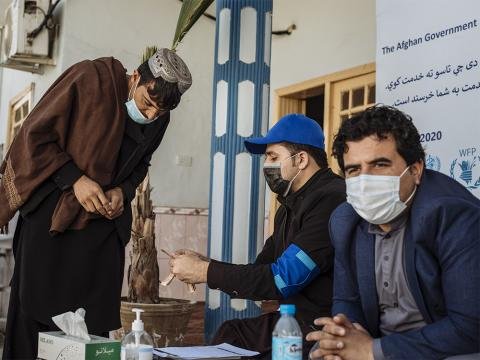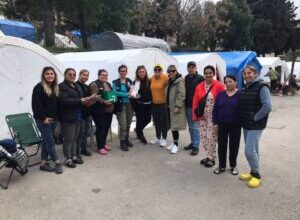
Over the last year, more than one million Afghan migrants have returned or been deported to Afghanistan from neighbouring Pakistan and Iran as COVID-19 continues to deprive many of employment and health care.
The International Organization for Migration (IOM) estimates that more than 650,000 undocumented migrants will return in 2021 — all of whom will be in dire need of humanitarian support at a time when donor funding is a small fraction of what is needed.
As of 11 March, IOM reports that over 200,000 undocumented Afghan migrants have returned since the start of the year. This is more than double the rate of return over the same period in 2019 and 2020. Around half of these returns have been deportations in recent weeks.
The elevated numbers of people coming back into the country is expected to remain high through the month of March due to religious holidays in Iran, during which many people travel home to see loved ones.
“Desperation among the poor in Afghanistan has been growing over the years as there are fewer job opportunities at home. Many Afghans have no choice but to migrate to urban areas or other countries in search of a safer place to live, healthcare and education,” said Nicholas Bishop, IOM’s Cross-Border Response Programme Manager.
“We are now seeing an increasing number of migrants returning back to Afghanistan, as COVID-19 has destabilized economies where undocumented Afghans have limited access to health care due to their legal status. The situation is becoming more dire by the day.”
Many Afghan migrants return home with only the possessions they carry on their backs. Most have taken out significant loans to journey abroad in the first place and suffered from abuse during their time outside of the country.
Outsized cross-border returns are one symptom of a much larger problem. This year, as many as 13.2 million people are expected to suffer from a widespread drought and famine-like scenario, according to the newly released OCHA’s Afghanistan Spring Contingency Plan.
Combined with escalating levels of conflict and the ongoing consequences of COVID-19, the likelihood of additional waves of internal displacement, cross-border migration and a spike in humanitarian needs is high. Unfortunately, the Afghanistan Humanitarian Response Plan for 2021 is only 5 per cent funded as of 9 March.
Source: IOM







